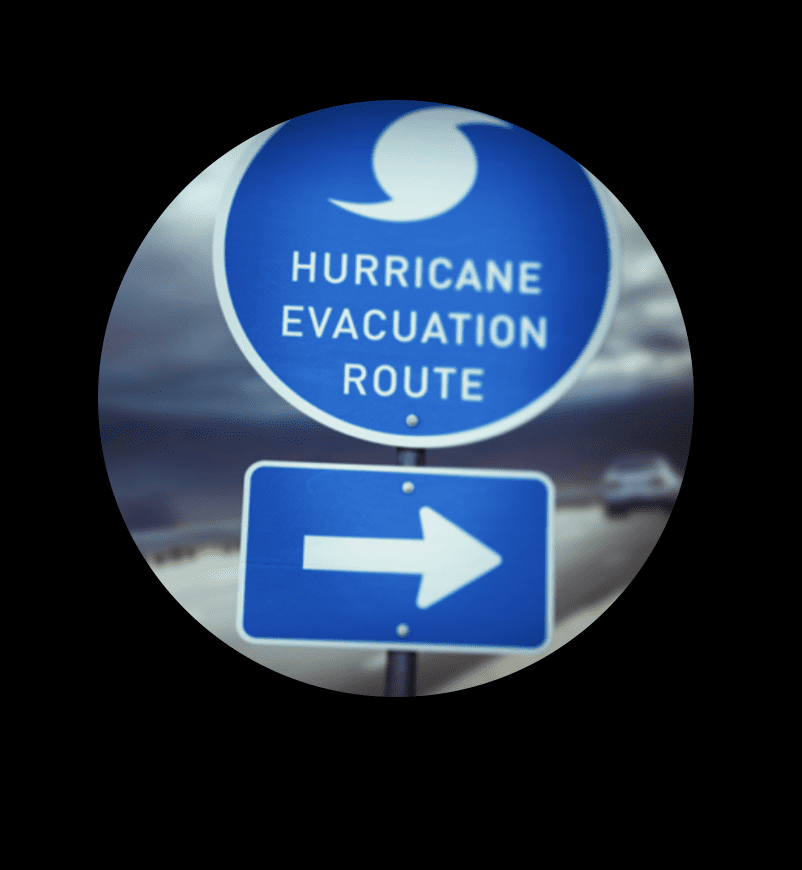Search Posts
Recent Posts
- Rhode Island Weather for June 9, 2025 – Jack Donnelly June 9, 2025
- Our Networking Pick of the Week: Uncle Jay’s Traveling Breakfast Network June 9, 2025
- When favorable treatment looks like discrimination – Mary T. O’Sullivan June 9, 2025
- To Do in RI: Literary Walking Tour, Discussion with writers in residence at Linden Place June 9, 2025
- New report recognizes music’s therapeutic and financial value in Alzheimer’s care – Herb Weiss June 9, 2025
Categories
Subscribe!
Thanks for subscribing! Please check your email for further instructions.

RI Hurricane Preparedness Week. Day 2: Evacuations, Hurricane Barrier improvements
DAY 2 – HURRICANE EVACUATIONS & Providence actions
The National Weather Service (NWS) Boston, MA has declared July 10th through July 14th as Hurricane Preparedness Week. Each day this week we will highlight a different preparedness topic.
___
Before we get to EVACUATIONS, our topic for today, we want to let you know how the City of Providence is getting ready:
Mayor Smiley Announces $1.5 Million Investment in Providence Hurricane Barrier
Construction and traffic changes on Allens Avenue begin Monday, July 24th

Mayor Brett P. Smiley today announced the start of $1.5 million in repairs to the City of Providence’s Fox Point Hurricane Barrier. The investment will replace the underground hydraulics of the sewer gates located at the intersection of Allens Avenue and Henderson Street.
“This infrastructure investment is a critical part of how we can ensure Providence is resilient in the face of intense weather events and climate change,” said Mayor Brett Smiley. “Repairs to the hurricane barrier are long overdue and we are committed to making sure that the repairs are completed as quickly and safely as possible.”
Investing and improving the quality of the city’s infrastructure is a top priority of the Smiley Administration. The Allens Avenue hurricane barrier gates play an important role in the City’s ability to protect Downtown from flooding in the event of a storm surge. Currently, the hurricane barrier sewer gates must be manually shut in the event of heavy storms or hurricanes. With the investment being made this month, the City will be able to close the sewer gates more efficiently during an emergency.
Construction will begin on July 24, 2023 and should conclude by mid-August. During this phase of construction, southbound traffic on Allens Avenue will be detoured to Eddy Street, to Blackstone Street, and back to Allens Avenue. Northbound traffic will be reduced to one lane around the work zone.
The City of Providence encourages residents and commuters to plan accordingly during this time period and will be widely communicating traffic changes in local papers, radio and on providenceri.gov. To view the detour route please click here. For questions or more information please call 3-1-1.
___
During Hurricane Preparedness Week, make sure you have a hurricane evacuation plan.
Along a coastline, the main threat is the storm surge. The storm surge is simply water from the ocean pushed toward shore by the wind. Besides the intensity and speed of a tropical system, the arrival time and slope of the ocean bottom play a large role in determining the severity of a storm surge. A storm surge arriving during the peak of a high tide will be different than the same storm surge arriving during a low tide. Areas with a steep coastline will not experience as much storm surge as areas with a more shallow coast.
Whether from inland flooding or storm surge, the goal of evacuation is to move from a not so safe area, to a safer area. This does not necessarily mean evacuees must travel hundreds of miles. In fact the shortest travel distance to a safe location is best since it reduces traffic congestion and minimizes the chance of encountering other problems on the roadways. Also remember it will often take more time to reach your destination.
Staying with family or friends, or even at a hotel, outside the area to be impacted by a tropical system is ideal. Another good idea is to establish a common contact outside the impacted area where family and friends can check in, and let other family and friends know they are safe.
When evacuating, it is best to use the routes designated by authorities. These routes are often more closely monitored, and assistance can be provided more quickly. You can find evacuation routes for your area by contacting local emergency management officials.
If you have pets, call ahead to your chosen destination. Most public shelters do not accept pets. If a public shelter does accept pets, they must be either on leash or in a cage or box. Do not forget to bring pet food, most shelters do not provide it.

Evacuation Maps:
There may be times before, during or after a disaster when it is unsafe to stay in your home, school, or workplace. In Rhode Island, the decision about whether to evacuate is made by local officials. Evacuation notices can happen quickly and without warning, so it is important to be prepared.
In 2013, Rhode Island’s 21 coastal communities received community-wide evacuation maps from the United States Army Corps of Engineer (USACE) as a product of the Hurricane Evacuation Study. The maps show Hurricane Evacuation Zones that are recommended to be evacuated from during potential worst-case Hurricane Surge Inundation.
Evacuation Zone “A”, shown in red, is recommended to be evacuated prior to an expected category 1 or 2 hurricane. Evacuation Zone “B”, shown in yellow is recommended to be evacuated prior to an expected category 3 or 4 hurricane.
https://riema.ri.gov/planning-mitigation/evacuation
In addition, 21 cities/towns have their own Evacuation Routes – you can access this here:
